Q-MAX
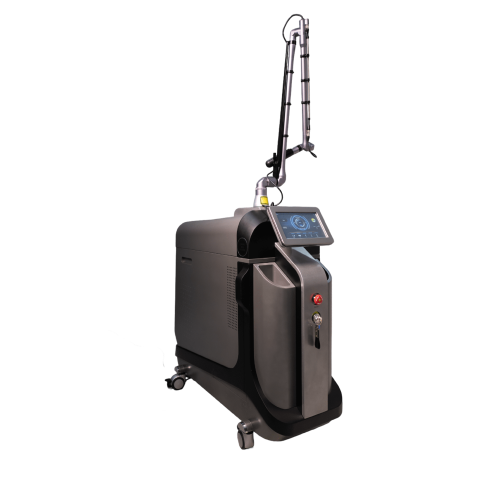
Flat top-hat beam profile
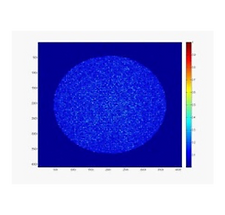
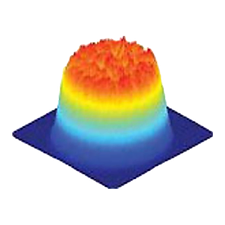
Dual-pulse with less skin damage (PTP)
By employing the PTP mode, Q-Max have the capability to emit consecutive dual pulses at a maximum energy of 1.8 J. In contrast to the single-pulse mode, this configuration allows for the delivery of twice the number of pulses, each with nearly half the energy per pulse. The advantage lies in its ability to minimize treatment discomfort, as it avoids damaging normal surrounding skin tissues, a drawback associated with the single-pulse mode. Consequently, the reduced likelihood of side effects is achieved without compromising clinical results, and in most of cases, may even yield better clinical outcomes.
The transmission of a high energy level (e.g. 1.8J) in a single instance has the potential to harm the skin. Due to the fact physicians tend to administer less energy to the skin compared to PTP, therefore the photothermal effect necessary for collagen regeneration may not reach a sufficient level.
In PTP mode, double the number of laser beams are administered, providing increased energy and vibration to effectively target and destroy melanin pigment. Additionally, this mode ensures that the photothermal effect required for collagen regeneration reaches a sufficient level.


Dual-pulse with less skin damage (PTP)
By employing the PTP mode, Q-Max have the capability to emit consecutive dual pulses at a maximum energy of 1.8 J. In contrast to the single-pulse mode, this configuration allows for the delivery of twice the number of pulses, each with nearly half the energy per pulse. The advantage lies in its ability to minimize treatment discomfort, as it avoids damaging normal surrounding skin tissues, a drawback associated with the single-pulse mode. Consequently, the reduced likelihood of side effects is achieved without compromising clinical results, and in most of cases, may even yield better clinical outcomes.
The transmission of a high energy level (e.g. 1.8J) in a single instance has the potential to harm the skin. Due to the fact physicians tend to administer less energy to the skin compared to PTP, therefore the photothermal effect necessary for collagen regeneration may not reach a sufficient level.
In PTP mode, double the number of laser beams are administered, providing increased energy and vibration to effectively target and destroy melanin pigment. Additionally, this mode ensures that the photothermal effect required for collagen regeneration reaches a sufficient level.
Q-MAX Premium only
1064 nm long-pulsed mode for more indications*
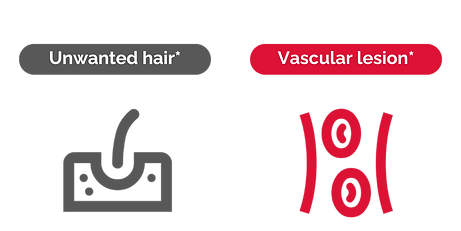
Various handpieces
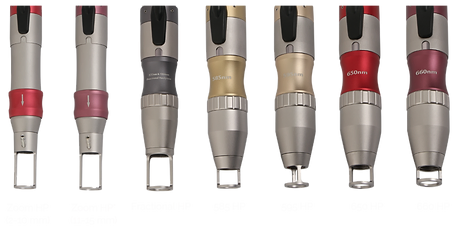
1064 nm long-pulsed mode for more indications*
In addition to the advantages of Q-Max includes an additional long-pulsed mode that can be used for both hair removal and the treatment of vascular lesions.
*Q-MAX Premium only


Various handpieces
With the diverse selection of handpieces provided by Q-Max, physicians can administer treatments to patients at the optimal settings.
Flat top-hat beam profile
Consecutive dual pulses upto 1.8 J
Non-ablative skin rejuvenation
Dual Zoom, Fractional, 585/595/650/660 HPs
1064, 532, 585, 595, 650, 660 nm
1064 nm long-pulsed mode for more indications

